Electricity/ Some thoughts on Movement Migration
What does it feel like when you’re dancing?
Don’t know.
Sort of feels good.
It’s sort of stiff and that…
…but once I get going…
…then I, like, forget everything…
…and…
…sort of disappear.
I sort of disappear.
Like I feel a change in me whole body.
Like there’s a fire in me body.
I’m just there…
…flying…
…like a bird.
Like electricity.
Yeah…
…like electricity.
(Billy Eliot, script written by Lee Hall).
Billy Eliot, the young boy, who during the mining strike of the 1980s in Northern England fell in love with ballet and made dance his life and world captures a very essential feature in dance. Dance is, as Billy tells us, like electricity. Dance is contagious. For those who open their hearts to it, dance can inhabit their worlds within seconds. Dance, like electricity, requires opposites; plus and minus. Precision and abandon, technique and improvisation, being steeped in history and striving towards the ephemeral, the visceral and the transcendent, power and vulnerability, courage and submission; dance is all these things, all at once. Like electricity, dance moves within one moving body, and yet radiates, projects, allows others to inhabit its aura. The dancer includes others: other dancers and spectators engaging their movement. Like a light bulb the power of the dancer’s body is never restricted to its own boundaries. Like electricity, the dance can be at the same time dangerous and powerful. Dance has sustained over millions of years and across numerous cultures because it embodies all that is human. And because it never ceases to migrate from one body to another. Like electricity.
And yet, just like electricity, dance requires a network in order to sustain and expand. One dance company, Movement Migration, is driving the power of dance to illuminate many lives internationally. Founded by visionary Kim Jones, the company presents itself as ‘A collective of seasoned dance artists collaborating to create dynamic dance works that portray the depths of the human experience; the dances are shared with audiences locally and globally in performance and educational venues. Movement Migration is based in Charlotte, NC, working between Charlotte and New York City. The group members come from many places in the world and span four decades in age.’ The company boasts and presents some of the most famed and celebrated dance visions and luminaries and offers engagement in variety of locations across the world. From Tennessee to London UK, from Paris, France to Mexico, Movement Migration proves that dance truly can transcend boundaries. Movement Migration prides itself in a cohort of celebrated dance artists, leading voices in the world of movement, who are engaging dancers and audiences in variety of forums and contexts.
We all, human beings, like electricity, move and migrate. We are never still. As TS Eliot poignantly articulated in his famed Four Quartets, we must be still and still moving. Movement Migration brings the excellence of its celebrated members to countless communities and events and allows the contagious power of dance to spread. Movement Migration is comprised of diversely trained dancers spanning four decades in age. The movement quite literally migrates — — from decade to decade, from one training lineage to another. Their dances, shared with audiences locally and globally in performance and educational venues on the essential question underpinning our lives; what does it mean to be human? Directed by Kim Jones, the ensemble’s members are steeped in the celebrated traditions of classical ballet and modern dance, each having achieved professional expertise in distinct technical training and performance disciplines.
The company sees “Migration” as ‘the transformation and convergence of technical training and individual approaches into a collective creativity that traverses cultural boundaries and transfers movement knowledge from person to person and community to community.’ And yet migration allows for many other interpretation of dance. Like electricity, dance migrates between communities but also beyond them; into collectives — in — becoming, into shared worlds that become shared through the movement itself. Migration not only brings together communities across borders, it traverses borders themselves in its very motion; from Mexico to London, Italy to Tennessee, bodies share in movement and become part of a larger community of sense. Movement Migration reaches beyond categories of identity, so oft polarizing and antagonizing in our fraught times, and searches what unites us as human beings living through glory and strife, joy and pain. Movement Migration, across its movement styles, across generational divides, across geographical boundaries, allows us to question what brings us together and share in a collective moved by dance.
Movement Migration presents to international audiences dance artists hailing from some of the most celebrated dance lineages in the US. For instance, Daniel Fetecua brings the irreverent, glowing flow of Jose Limon; founder and artistic director Kim Jones, and celebrated choreographer and Principal Dancer emerita of Martha Graham Dance Company Blakeley White- McGuire bring the forceful and unapologetically female- centric language of Martha Graham, who, more than 100 years ago created her own enduring community of sense that has allowed many bodies to be moved. Like Limon and Graham in their day, Movement Migration opens the door for multiple generations to engage in the glory of dance. They spread uncompromising excellence in dance to multiple communities, allowing their movement to migrate.
When Billy Eliot discovered that dance flows in his body like electricity, he unravelled what anyone who engages in dance — as spectator, choreographer or dancer — knows. Dance is as unhinged and rapturous as electricity. Dance can have power failures and short circuits like electricity. But, dance brings with it light that moves and migrates, illuminating numerous bodies, a light that can concur even the deepest darkness, like electricity. Yeah, like electricity.
